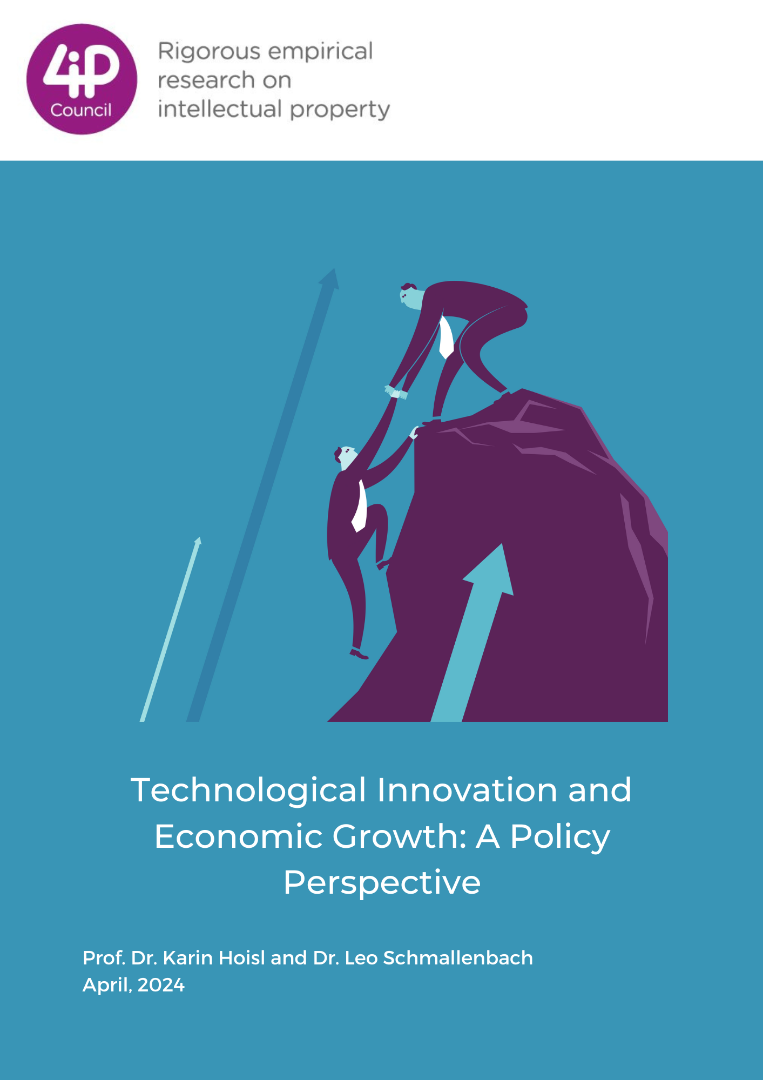‘For most of history anonymous was a woman’
Virginia Woolf 'A room of one's own' (1929)
In the early stages of Intellectual Property (IP), rights over patents and inventions were closed to women. The word ‘anonymous’ stated by Virginia Woolf could be read as a metaphor and as a lesson. It denotes the limited or even lack of recognition of women’s intellectual work and the lack of historical documentation of their contributions to inventions. Also, it asks for a rethink in the role of women as inventors and the necessity of promoting gender equality in the IP ecosystem.
A clear example can be found in a 2019 USPTO report that exposes the problems with identifying the first woman who obtained a patent in the US. The historical debate connects to Hannah Wilkinson Slater, who received a patent in 1793 for a new method of producing cotton-sewing thread, but who was referred to as “Mrs Samuel Slater” in the patent – Samuel Slater was her husband. Other sources, however, refer to Mary Dixon Kites, who patented in 1809 a new technique for weaving straw with silk and thread to make hats. These names are important, as in a period of time between 1790 and 1859, only 72 patents were credited to women, in comparison to 32.362 US patents granted to men.
According to different patent offices around the world, although female participation in patent applications increased over time, women represent only a minority of patent inventors. Regarding the involvement of women in inventorship, the UK IP Office highlighted that "the majority of patents with a female inventor comprise one woman, either working as a lone inventor or as a part of a male-dominated team".
One major reason behind the notable disparities in the number of male versus female leadership in patent applications can be found in education. Bias and stereotypes are still deep-rooted in science (and in particular in patents) and are reflected in STEM careers (science, technology, engineering and mathematics) in which "only 35% of STEM students in higher education globally are women". All these data also expose the under-representation of women in research and innovationactivities and outputs. In any case, education and labor influence the probability of a woman becoming a patent inventor.
Another curious fact is that, depending on the field of work, female inventorship participation differs substantially. Interestingly, biotechnology, pharmaceuticals and organic chemistry are considered as the most gender equal fields.Remarkable examples of the success of women in science can be found among Nobel Prize winners.
Marie Curie was the first woman to be awarded a Nobel Prize in 1903. That recognition, in Physics, came, however, only following a complaint of Pierre Curie, since at first the committee had intended to honour only Henri Becquerel and Pierre Curie. She then won, alone, the Prize in Chemistry in 1911. Other Nobel Prize winners in Chemistry were her daughter Irène Joliot-Curie (jointly to Frédéric Joliot in 1935), Dorothy Crowfoot Hodgkin (1964), Ada Yonath (2009), and Frances H. Arnold (2018). We had to wait to 2020 to see the first all-female winners of the Nobel Prize in Chemistry: Emmanuelle Charpentier and Jennifer Doudna, inventors and pioneers of the revolutionary CRISPR technique as a high-precision gene editing tool for “rewriting the code of life”. Despite its relevance to both genders, since the inception of the Nobel Prize in 1901, there are just 57 female winners among a total of 934 Nobel Prize Awards. In 2017 data showed that 844 men had received the award versus 48 women.
In the meantime it is acknowledged that diversity and inclusion promote innovation, and that equality requires ‘gender mainstreaming’. This notion is a mechanism that emerged in 1995 in the context of the Fourth World Conference on Human Rights held in Beijing. Gender mainstreaming seeks to achieve gender equality and introduce a gender perspective as an integral dimension in policies and programs in all political, economic and societal spheres, including IP.
From Hannah Wilkinson to Doudna and Charpentier gender gaps in some areas are closing, unfortunately, they still very much remain in science and technology. Data extracted from patent offices in the US and the UK, as well as the ‘She figures (2018)’ EU report, support the necessity for more equal representation in the patent system. Multiple actions can be considered, such as enhancing women's representation in all fields of science and technology, reducing the gender gap in STEM education, encouraging female recognition in patent applications, increasing the involvement of women in business and innovation processes, and promoting awareness to prevent gender bias in emerging technologies. With active recognition and strong support for women as inventors we will enable their much-needed inclusiveness in IP.






